The story of Ghia – part 1
The beginning In tracing the genealogy of coachbuilding firms, it turns out that they originated in the early years of the last century as…
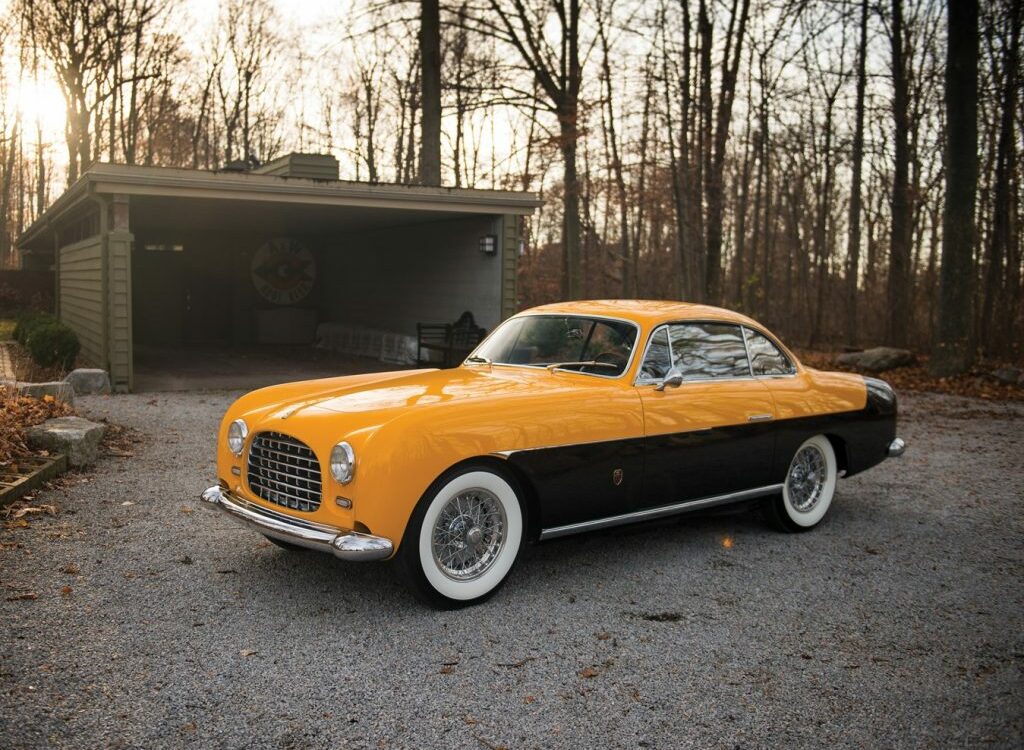
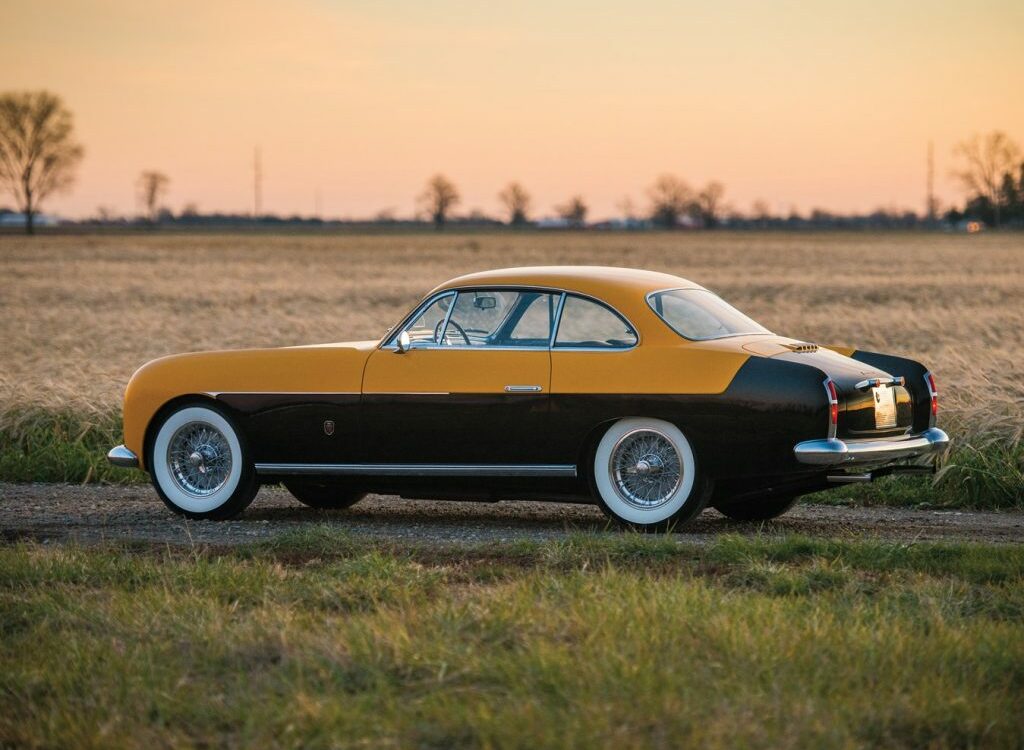
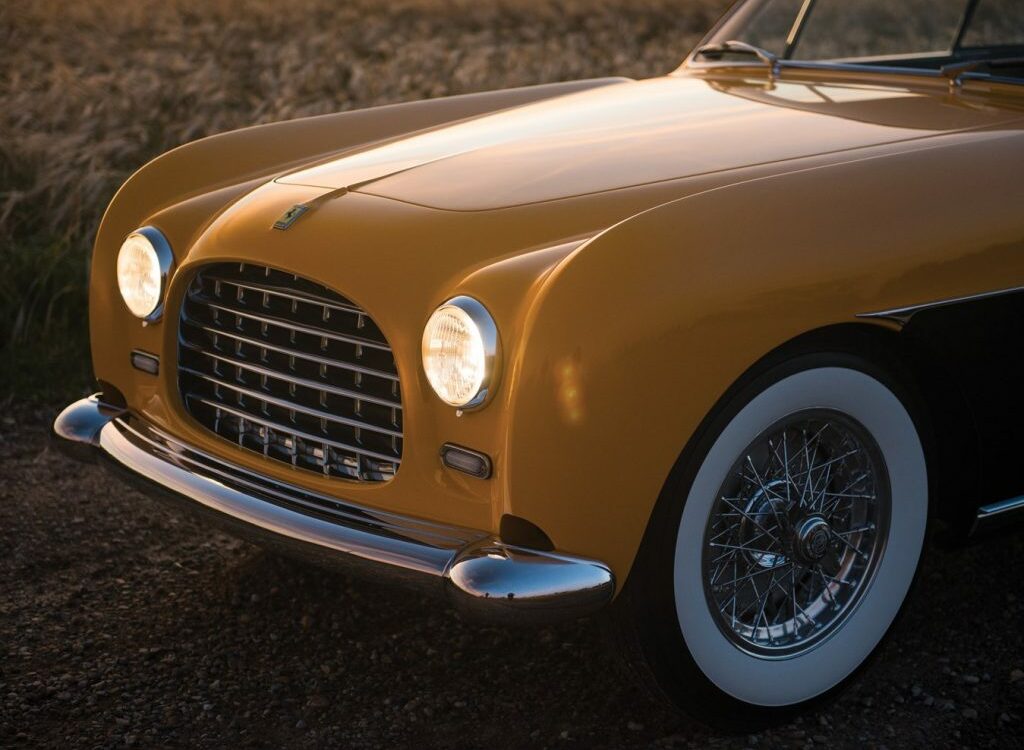
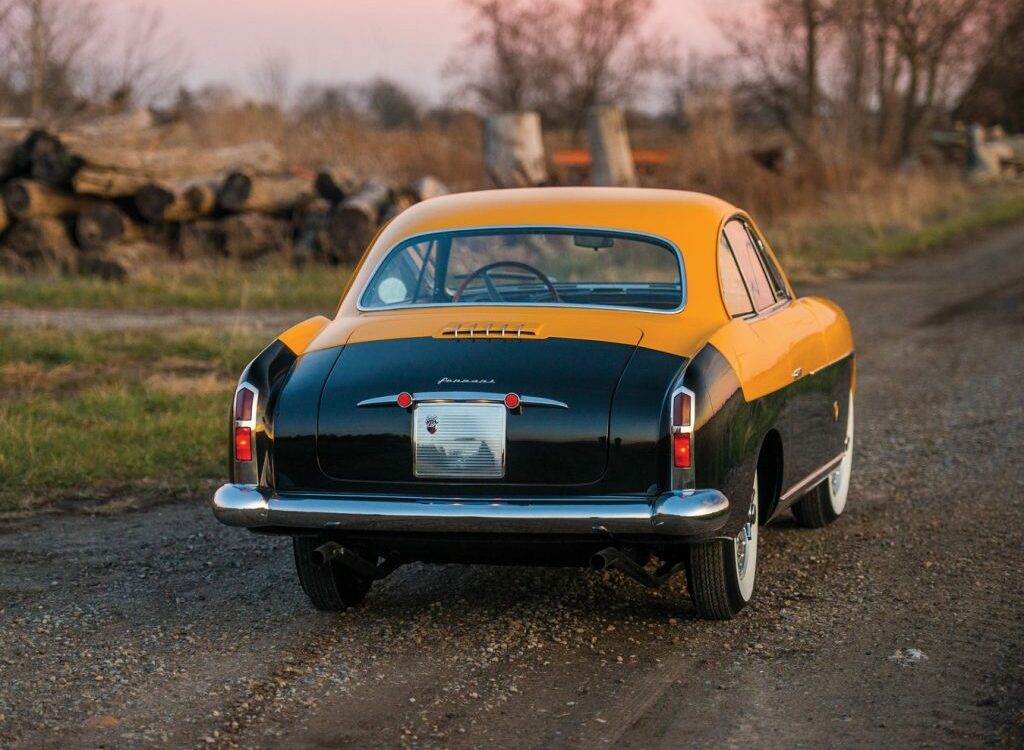
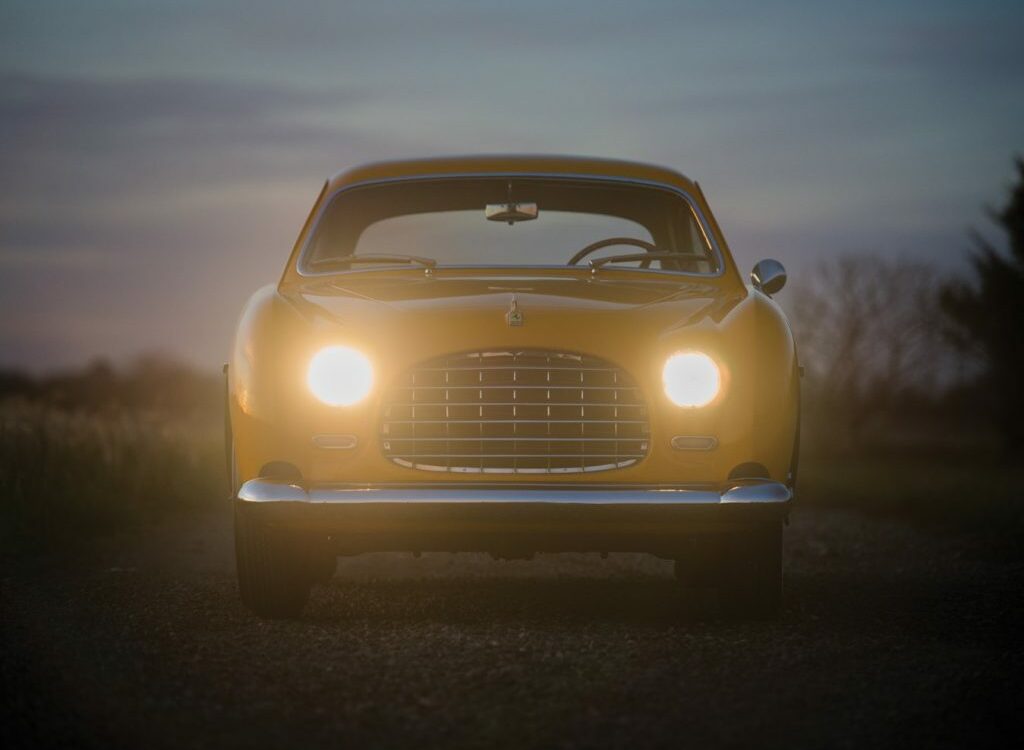
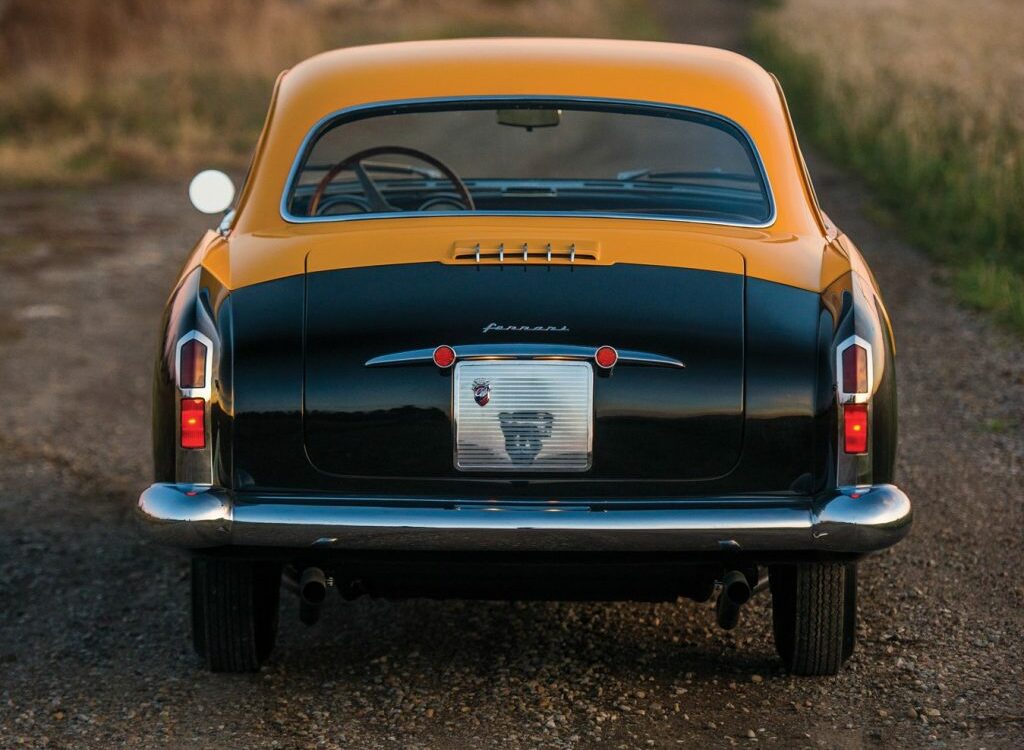
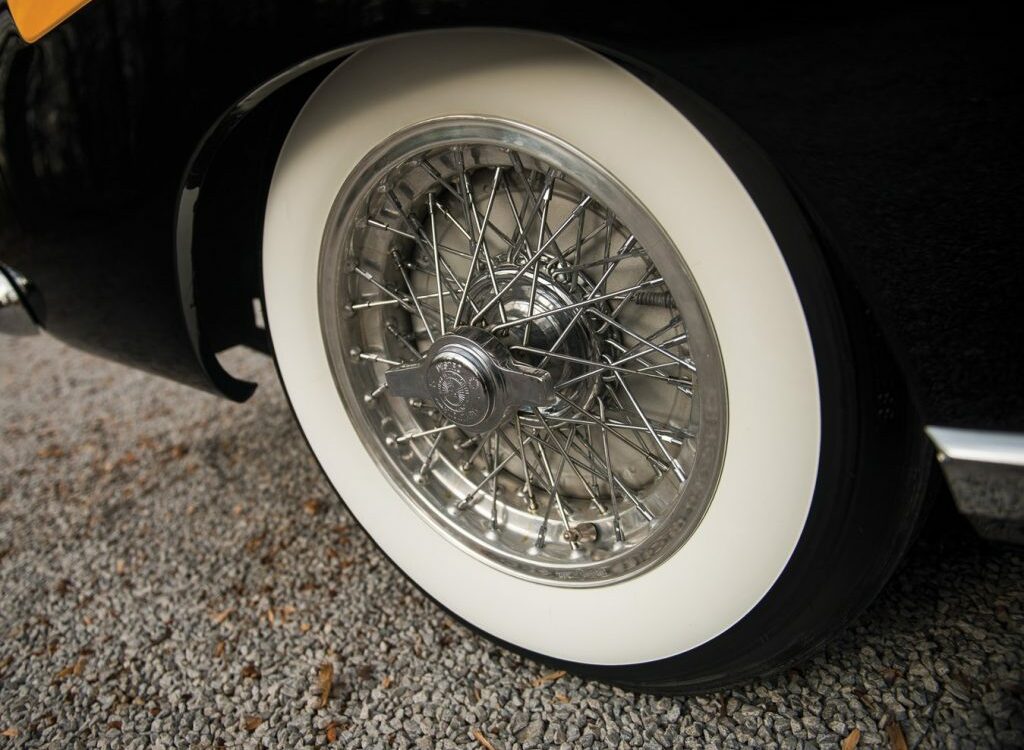
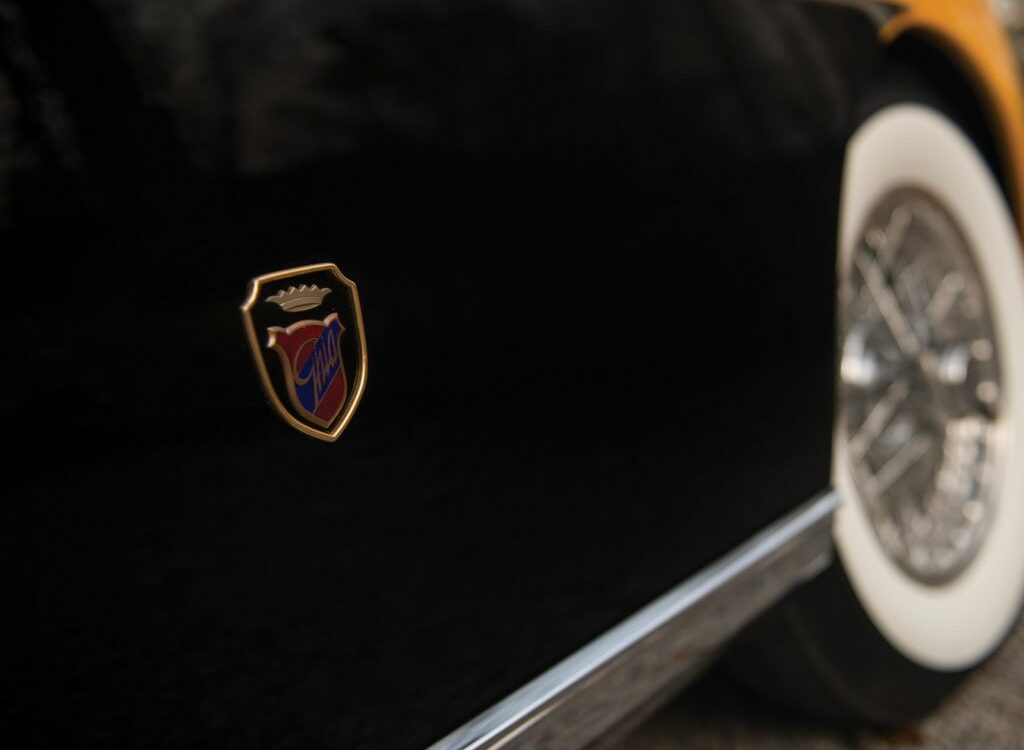
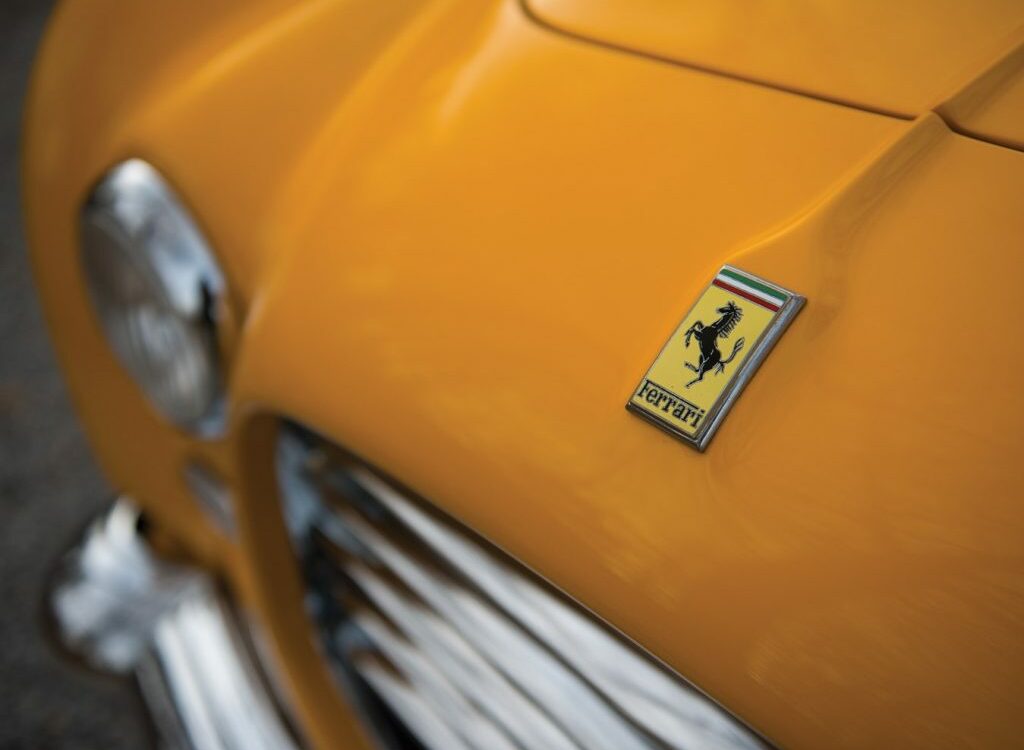
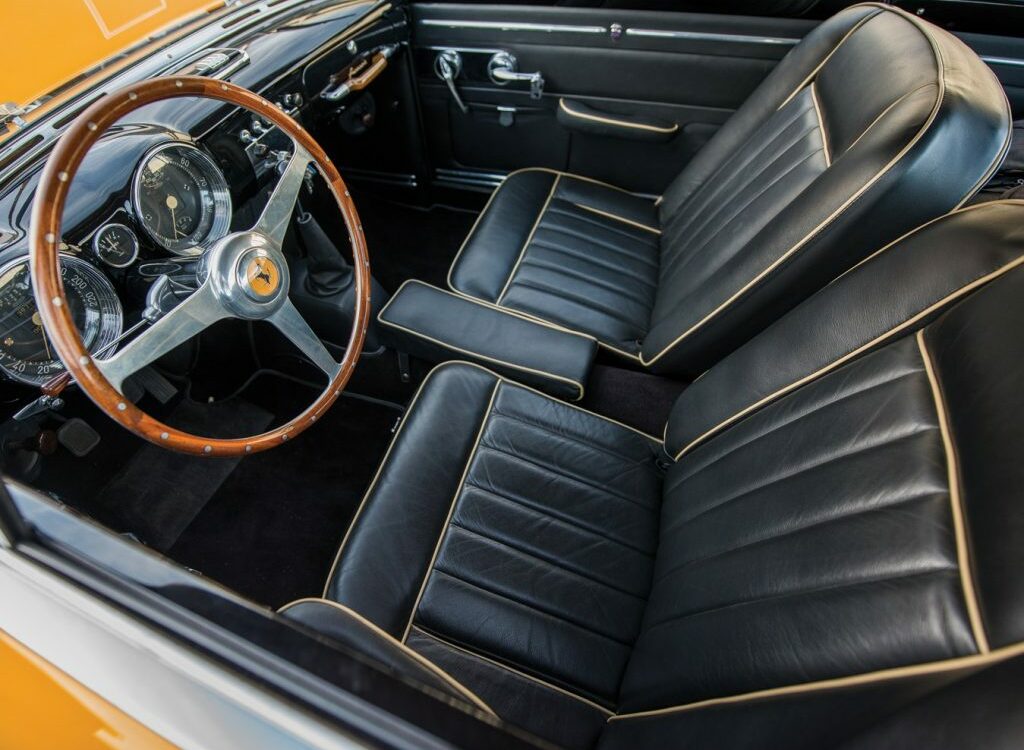
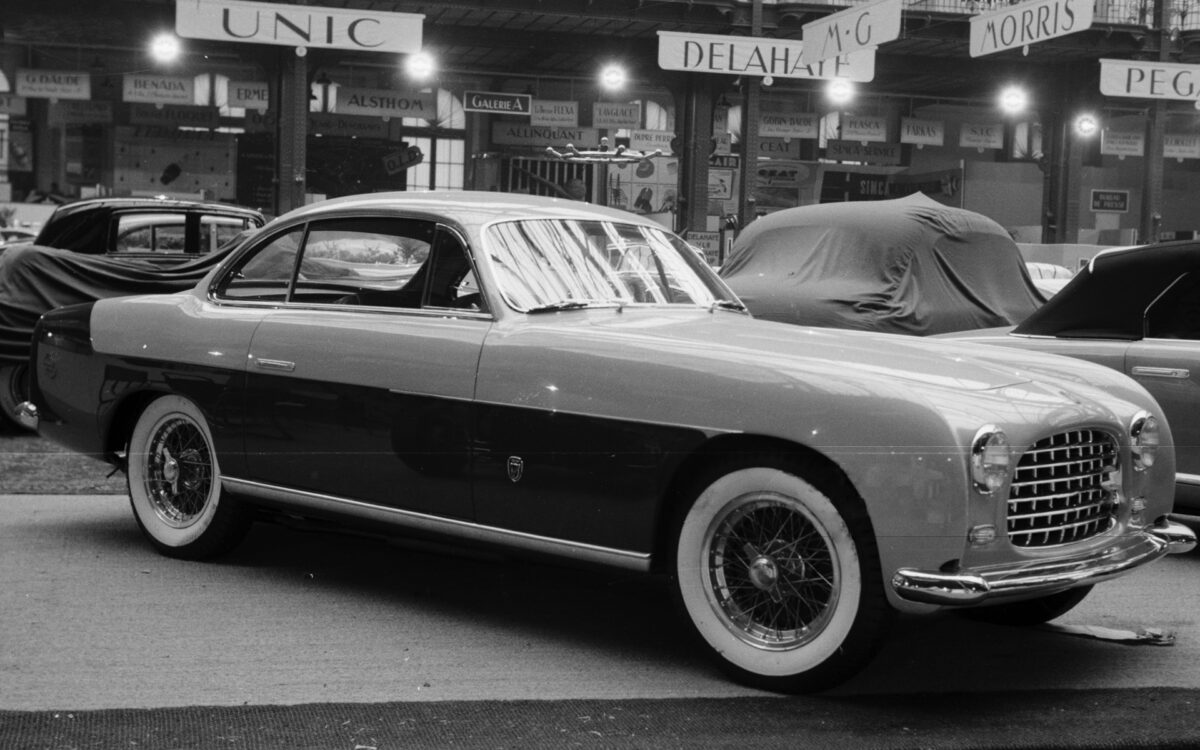
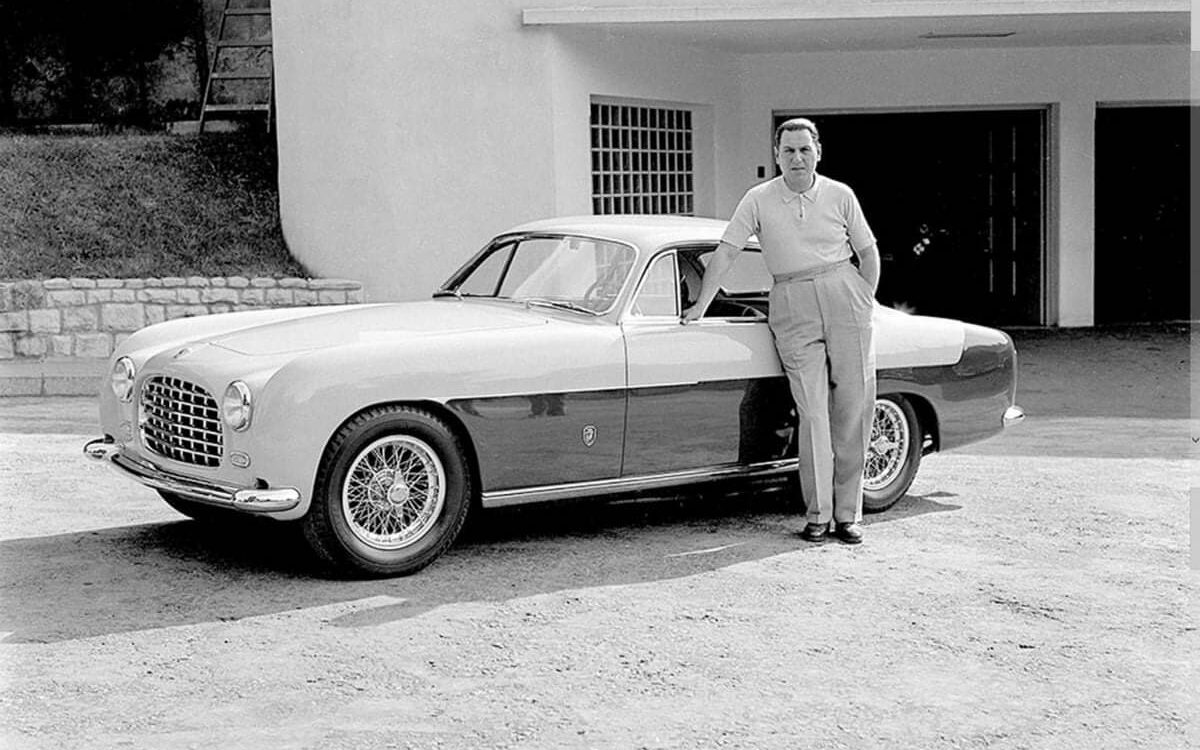












The Ferrari 212 Inter Ghia chassis 0233EU designed by Michelotti.
The Ferrari 212 Inter Ghia chassis 0233EU designed by Michelotti began life as the 49th of 73 examples built, completing assembly in late summer of 1952. Intended as a show car, the chassis was sent to Ghia in Turin and clothed with one-off coachwork, featuring many of the design cues common to the firm’s Virgil Exner collaborations of the era. The elegant fender and front-fascia treatments echo similar cues found on show cars like the Ghia GS1 and Chrysler D’Elegance. Like those luxury models, the Ferrari was trimmed with a particularly sumptuous interior that abounded in thoughtful ergonomic details, like folding window winders to ease exit and entry and driving comfort, as well as a thickly padded console armrest. The Inter debuted at the Paris Motor Show in October 1952, perched on the Ferrari stand alongside 0235 EU, a Pinin Farina-bodied cabriolet. It was there that the car was reportedly first spotted by its future owner, Juan Domingo Perón, President of Argentina. A remarkably diverse and divisive leader who was both adored and vilified by his own people, Perón rose to power in the Cold War climate of 1946 behind a populist agenda, and the ideology named for him, Peronism, actually lives on to this day in elements of current Argentine politics. A true motoring enthusiast, Perón was famed for amassing an immense collection of luxurious automobiles, ranging from Ferraris to Packards. He loved racing, and was a key financier of the careers of two of the country’s rising stars, Juan Manual Fangio and Froilan Gonzalez, supporting their 1950 entry at Le Mans in a Gordini, and putting significant weight behind Fangio’s Formula 1 efforts. Perón financed the construction of a Formula 1 track in Buenos Aires called the Juan Perón October 17 Circuit (in honor of the date of his rise to power), and created a state-funded car company called Justicialista that offered a Porsche-powered two-seat fiberglass sports car. After seeing the one-off Ghia coupe at Paris in October 1952, Perón made inquiries and a purchase was arranged through an intermediary in Rome. It is likely that the President wished to minimize any publicity surrounding his purchase and its tax consequences, as he faced increasing scrutiny at home. Argentine import taxes for new luxury cars are notoriously steep, and for this reason, the car presumably returned to Maranello so that it could assume the identity of a used car, which happened to be Milan registration number MI 197153. This registration had been in use by another Ghia-bodied Ferrari, chassis 0191 EL, and due to the registration switch, the factory conducted a commensurate chassis renumbering to seal the car’s new identity. It is important to note that this numbering swap involved no exchange of bodies, chassis, or motors; both cars were originally built with the chassis and bodies they wear today, and merely exchanged numbers for the sake of a powerful client’s aversion to taxes and any unfavorable publicity associated with his extravagant tastes. In 1955, Juan Perón was ousted from power by a military coup, and after he fled the country, the Ghia coupe remained in Argentina, eventually passing to a dealer by the early 1970s.

The beginning In tracing the genealogy of coachbuilding firms, it turns out that they originated in the early years of the last century as…
Missing or wrong informations?
Carrozzieri-Italiani.com relies on thousend of users who help to populate the database. We do not guarantee the accuracy of the informations. Contact us if you want to contribute.
